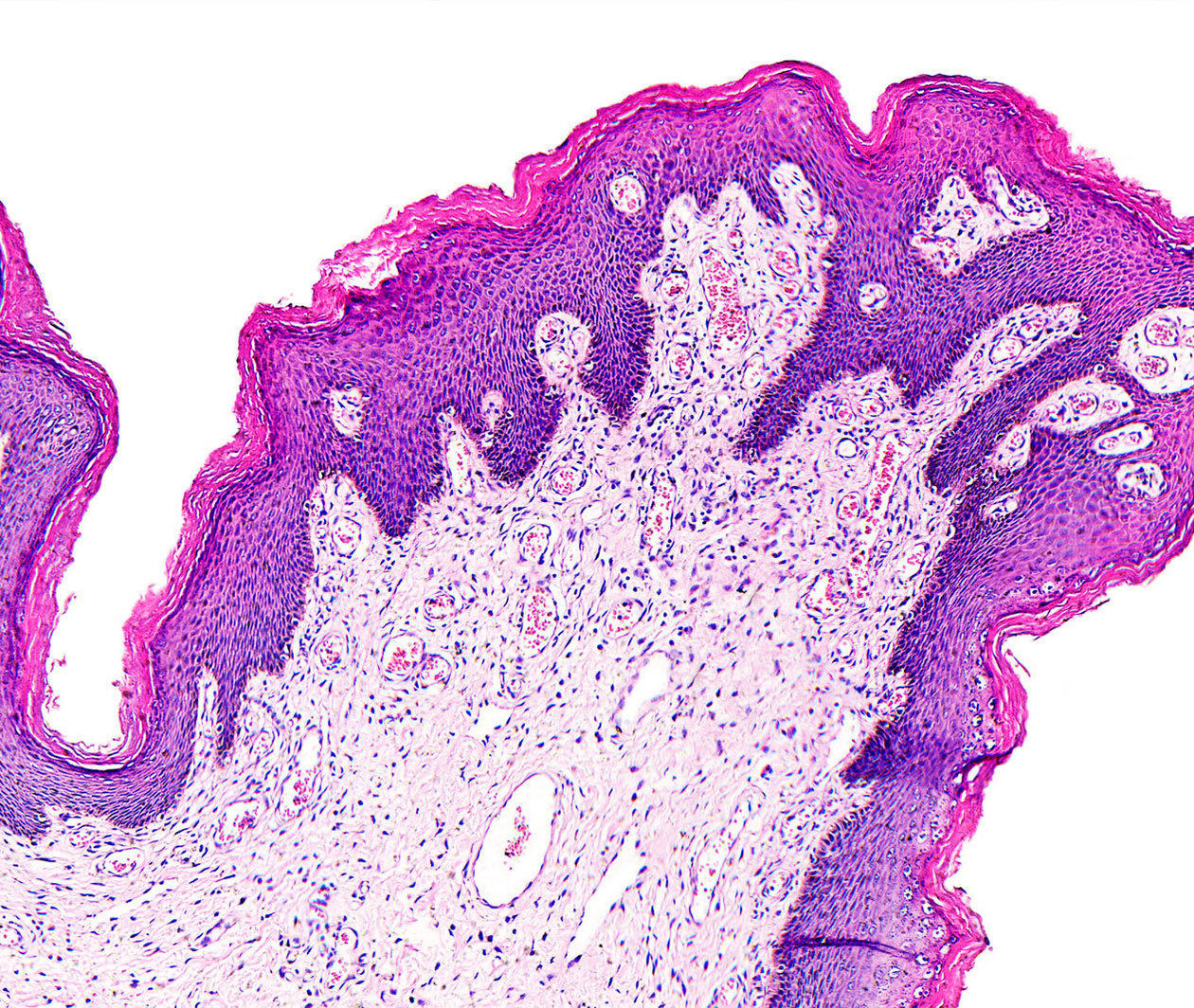Skip to 0 minutes and 14 seconds PROFESSOR: A career in histology and histopathology is rewarding, complex, and important. It’s used in biomedical research laboratories such as this one. It’s also used in hospital laboratories for the diagnosis of disease. But some of you may be wondering what histology and histopathology actually is. Well, it’s the study of tissues and diseases underneath the microscope.
Skip to 0 minutes and 41 seconds NARRATOR: This course will explain how to use a microscope, identify different tissues and some distinct pathological changes. The structure of a tissue is related to its function. Diseases produce characteristic changes in the appearance of a tissue. Much of the teaching is done through a virtual microscope, which gives you the feel and functions of the real thing. It draws on a large collection of sections collected from school, university, and hospital laboratories, so it’s your gateway to a huge collection of quality slides, making this course a unique introduction to histology.
Skip to 1 minute and 26 seconds PROFESSOR: Histology is taught in schools, both at GCSE and A-level. It’s also taught in biological science departments at universities, and it’s used in diagnostic laboratories in hospitals by people ranging from research technician right up to consultant histopathologist. This course will engage anyone who is interested in biomedical research or the diagnosis of disease. It will give you some insight into what it’s like to work in a research laboratory such as this one, or a hospital diagnostic laboratory.


